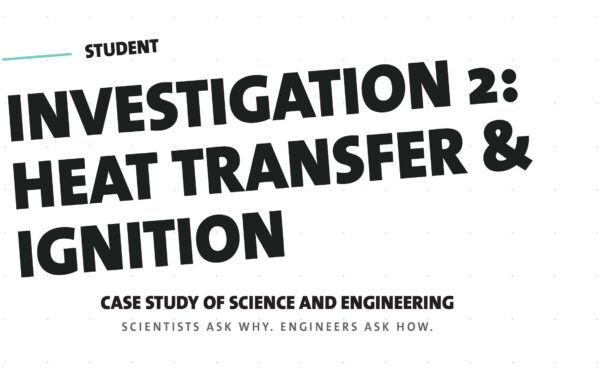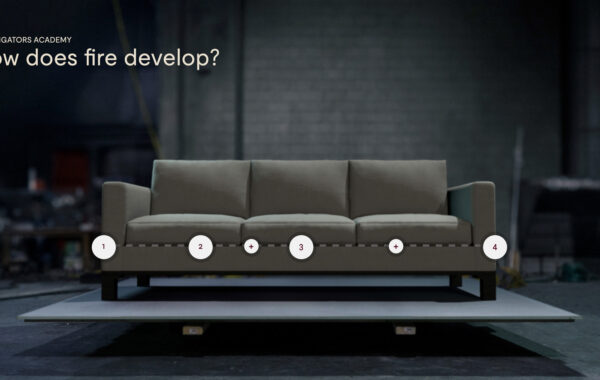Related Resources

Investigation
Heat Transfer and Ignition: Student Guide

Solids and liquids do not burn. Gases burn. Solids and liquids are broken down into simpler molecular compounds (a chemical change) by the effects of heat. These gases are the products of decomposition and that is what burns in a fire.
In a candle, how do we go from solid wax to gaseous fuel? The wax isn’t burning until we add heat from the lighter or match, and then the heat is consistently applied by the burning wick. The solid wax is fuel, but does not burn until heat is applied.
Many things are fuel and can burn – things around us every day like clothes, hair, carpeting, furniture, etc. If heat comes into contact at a fast-enough rate, solids can turn to gaseous fuel through pyrolysis.
Knowing that when heat is applied, solids and liquids can turn to gaseous fuels, we need to know how heat is transferred. There are three main methods of heat transfer: 1) conduction, 2) convection, and 3) radiation.
Questions
Problem to be solved
Be sure to explore the video showing this classroom investigation and related student guide.